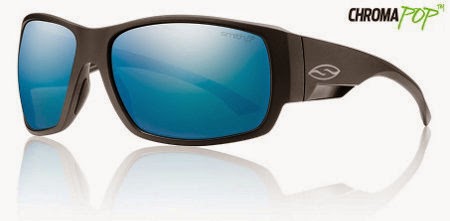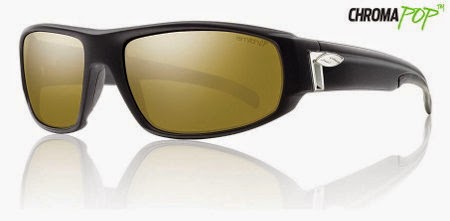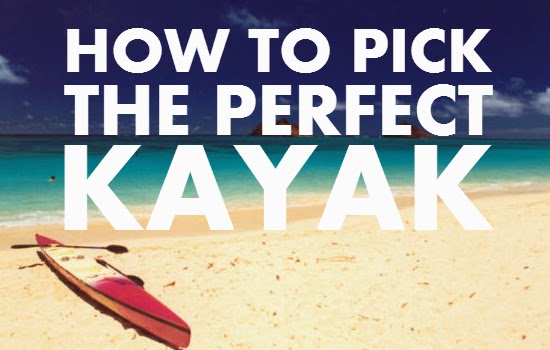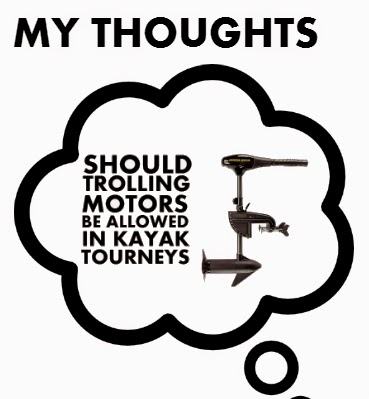Thinking about some LED lights for that kayak? Maybe even the deck, the power boat or the dock? It is important you know that not all LED lights are the same.
Most of the LED lights that are sold to fishermen and even kayak fishermen are either a type 3528 or 5050. These numbers derive from the size of the chip used to run the lights. 3528 lights have a chip that is 3.5mm X 2.8mm. A 5050 is 5.0mm X 5.0mm. See where the name came from?
As you have probably guessed by now, a 5050 is brighter in almost all scenarios when compared to a 3528. A big part of this is because the 5050 has three LED chips in one housing as compared to the one chip per housing of the 3528.
Because of the size of the chip in a 5050, the number of LEDs per foot could be less than a 3528 but rarely is. Most companies sell 20" strips that have 30 LEDs regardless of the chip.
Another thing to consider is the wire that is attached to the LED strips and the extra wire that may come with it. Is it marine grade? Are the connections heat shrink sealed? Is it tiny little 28 gauge wire? 22? 16? Remember the lower the number the thicker and usually more durable it is. A marine grade 20 gauge wire will outperform a non-marine grade 20 gauge wire in water applications. It may outlast a non-marine 18 or 16 too.
LED lights typically go one of two places: inside the boat or outside the boat.
The outside lights are the ones you should think about when you ponder wear and tear. How is the casing built? What adhesive is used? Is it filled with silicone, resin, nothing or is it open air? How are the ends capped? The better made case will be the one you want.
I ordered a couple of different strips from two different companies to do a comparison. I took the best pictures I could so you could see what I am seeing during testing. Both are blue lights. One is a 5050 and the other is a 3528. Both are offered to kayak fishermen as solutions. Others exist, these were just two I had heard of and wanted to do a side by side. Some companies don't tell you which chip size you are ordering so make sure you ask!
I have used a set of 3528s on a Cobra Navigator I used to own. I bought what I thought I could afford which was about $50. Only 5 of the 6 worked out of the box. Within two months I had busted the casing on two more. They were not the greatest but they worked. I just wished they had worked longer. But for $50, what can you expect?
I recently was fishing with a friend who had installed some 5050 lights. He flipped the switch to turn them on and it was blinding. They definitely outshined the lights I had bought. In my comparisons, it wasn't hard to tell which was brighter.
Some final thoughts.
Do the 5050 light cost more? Yes, they do. Are they better lights? Yes and then say it one more time for emphasis.YES!
When you start looking for LEDs, stop looking at price first and look at components first. After you are comparing apples to apples, then look at price.
Can I recommend a place to buy 5050 lights? I sure can. The ones I saw and then tested are actually made and sold by a guy here in Texas. He is a fellow kayaker and sponsors several kayak events every year.
For my recommendation on getting the best lights with the best components and the ones that I tested here, visit with Dez Davis of Austin, TX. To check out his full lineup of LEDs for all applications both on water and off, go to www.supernovafishinglights.com
In addition to using all of the components listed above, SuperNova LEDs use a fully enclosed plastic jacket that's injected with resin and an adhesive lined heatshrink as well.
Dez knows his stuff and can help you with whatever you need including custom lights.
The kit I am using now is the Extreme Kayak Kit
Time to get on that night bite!
Most of the LED lights that are sold to fishermen and even kayak fishermen are either a type 3528 or 5050. These numbers derive from the size of the chip used to run the lights. 3528 lights have a chip that is 3.5mm X 2.8mm. A 5050 is 5.0mm X 5.0mm. See where the name came from?
As you have probably guessed by now, a 5050 is brighter in almost all scenarios when compared to a 3528. A big part of this is because the 5050 has three LED chips in one housing as compared to the one chip per housing of the 3528.
| 5050 chip |
| 3528 chip |
Another thing to consider is the wire that is attached to the LED strips and the extra wire that may come with it. Is it marine grade? Are the connections heat shrink sealed? Is it tiny little 28 gauge wire? 22? 16? Remember the lower the number the thicker and usually more durable it is. A marine grade 20 gauge wire will outperform a non-marine grade 20 gauge wire in water applications. It may outlast a non-marine 18 or 16 too.
LED lights typically go one of two places: inside the boat or outside the boat.
| Marine grade wire on the left |
I ordered a couple of different strips from two different companies to do a comparison. I took the best pictures I could so you could see what I am seeing during testing. Both are blue lights. One is a 5050 and the other is a 3528. Both are offered to kayak fishermen as solutions. Others exist, these were just two I had heard of and wanted to do a side by side. Some companies don't tell you which chip size you are ordering so make sure you ask!
I have used a set of 3528s on a Cobra Navigator I used to own. I bought what I thought I could afford which was about $50. Only 5 of the 6 worked out of the box. Within two months I had busted the casing on two more. They were not the greatest but they worked. I just wished they had worked longer. But for $50, what can you expect?
I recently was fishing with a friend who had installed some 5050 lights. He flipped the switch to turn them on and it was blinding. They definitely outshined the lights I had bought. In my comparisons, it wasn't hard to tell which was brighter.
Some final thoughts.
Do the 5050 light cost more? Yes, they do. Are they better lights? Yes and then say it one more time for emphasis.YES!
When you start looking for LEDs, stop looking at price first and look at components first. After you are comparing apples to apples, then look at price.
Can I recommend a place to buy 5050 lights? I sure can. The ones I saw and then tested are actually made and sold by a guy here in Texas. He is a fellow kayaker and sponsors several kayak events every year.
For my recommendation on getting the best lights with the best components and the ones that I tested here, visit with Dez Davis of Austin, TX. To check out his full lineup of LEDs for all applications both on water and off, go to www.supernovafishinglights.com
In addition to using all of the components listed above, SuperNova LEDs use a fully enclosed plastic jacket that's injected with resin and an adhesive lined heatshrink as well.
Dez knows his stuff and can help you with whatever you need including custom lights.
The kit I am using now is the Extreme Kayak Kit
- 2- 28LED Light Strips, 20"
- 2- 13LED Light Strips, 10"
- 4- 4LED Light Strips, 4"
- 3M Adhesion Promoter
- 2 Switches and Waterproofing Boots
- 8 Pieces Heat Shrink
- 6 Wire Management Pads
- 10 Tie Wraps
- 5amp Fuse
- 6' Extra 22AWG Wire
- 1 In-line Fuse Holder
The SuperNova Kayak Kit includes 8 strips of lights for the front, rear and cabin of your kayak, which ensures ample visability of all structures at casting distance and the cabin lights give adequate worklight, and can be switched off and on as needed.
See what's out there and most important, be seen by others on the water." from SuperNova.
Hopefully these insights will help you make the right choice for you. Informed buying is smart buying, wherever you decide to buy.
Time to get on that night bite!












